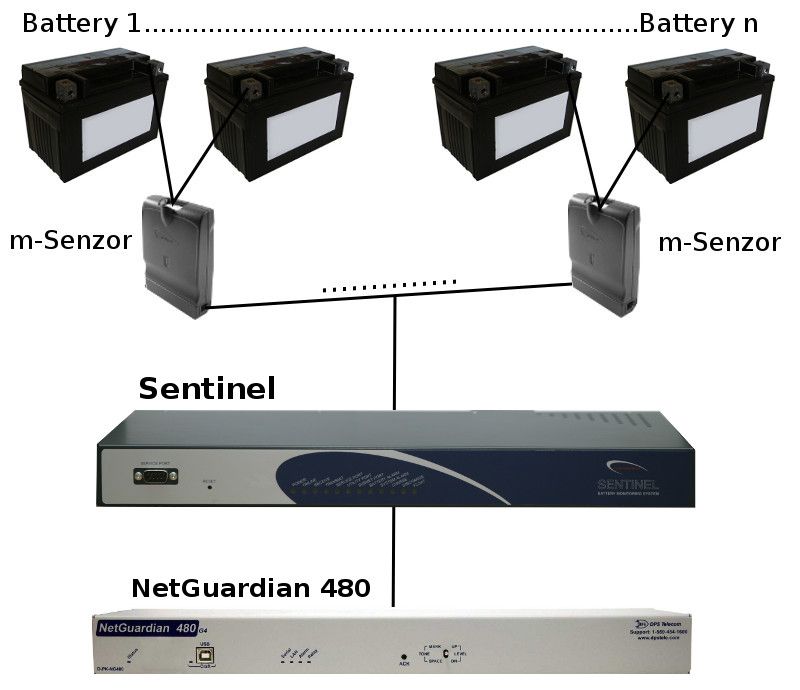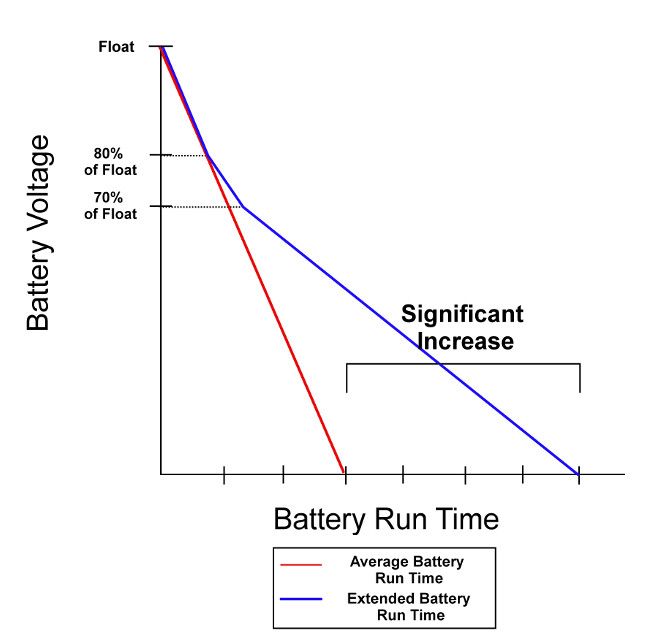Download our free Monitoring Fundamentals Tutorial.
An introduction to Monitoring Fundamentals strictly from the perspective of telecom network alarm management.
1-800-693-0351
Have a specific question? Ask our team of expert engineers and get a specific answer!
Sign up for the next DPS Factory Training!

Whether you're new to our equipment or you've used it for years, DPS factory training is the best way to get more from your monitoring.
Reserve Your Seat TodayHow important are your batteries to your network? With your uptime riding on your batteries, it's simply too risky to leave such a vital aspect of your network unwatched. All it takes is a single bad jar or a fully discharged battery and your entire network can come to a screeching halt. You need to have confidence that your system will remain running because you aren't there to monitor it.
Since a single bad battery jar can degrade the performance and lifespan of an entire array of batteries, it's critical you deploy a superior battery monitoring system. Monitoring the entire string is better than no monitoring at all - but it's not the most effective way to improve reliability. String voltage doesn't tell you how many cells have degraded and to what extent.
While some monitoring is better than no monitoring, having a good monitoring system will save you a lot of trouble in the future. Most battery monitoring systems have one sensor for the entire string of batteries. It may alert you that there is a problem but this system has no way of knowing which battery is causing the problem.
In most cases, one battery will go bad, but the others on the string will pick up the slack. This puts a strain on the remaining batteries but you are never notified because the sensor reads that everything is in working order.
A good battery monitor will have sensors to monitor each of your cells individually - looking not just for low voltages but a difference between the cells and the average of all the cells. A management system like this will not only save you network downtime but will also preserve the lifespan of your batteries.

DPS NetGuardian RTUs now feature support for a new Battery System Monitor (BSM) that integrates battery sensing into remote alarm monitoring. This creates a single unit that gives you the capability to monitor alarms from your equipment, environmental conditions, and battery strings.
The battery monitoring alarm system itself consists of one sensor for every two batteries in the string and a Sentinel unit that connects to the sensors and relays alarms and information about the battery status to the RTU. With this system, you can monitor up to 160 cells per string and up to 16 strings. This gives you a maximum capacity of 1280 batteries per sentinel unit. Up to 16 Sentinels can be strung together.

Sensors are placed at the battery cells to transmit the battery data to the Sentinel. The Sentinel unit interfaces with the RS485 port on a NetGuardian RTU. The battery cell information is collected and reported by the NetGuardian to you. Simple wiring harnesses minimize the installation time for attaching the sensor modules to your batteries.
Whether you have 2V or 12V cells (or something in between), the BSM gives you complete visibility over battery inductance, voltage, temperature, and intercell connection integrity (resistance). This helps protect your equipment from overheating, sparking, and even explosions. Each of these will damage your gear, cause serious injury or even burn down your facility. By monitoring these values with the BSM, you're ensuring the safety of your gear, staff, and building.
Each battery sensor is capable of monitoring up to two jars - making it a thorough, yet viable solution. Communication between the Sentinel and sensor is simple with just one wire in and one wire out - meaning you'll get a clean setup without having to home run a bunch of cables. This means you will not only know if there is a problem, but you will also know which sensor is reading the error and which battery is producing it.
This battery monitoring solution gives you complete visibility over battery conductance, voltage, temperature, and intercell connection integrity (resistance). These proven key indicators give you advance warning of exhausted battery cells - meaning you can avoid being blindsided by a faulty or fully drained string.
A flexible range of notification options gives companies of all sizes effective reporting methods. Battery threshold alarms can be reported via SNMP to a network manager, directly to you (via email, text messages, etc), to your T/Mon master station, or viewed directly from the NetGuardian's web interface.
Battery cell monitoring is an important part of any truly reliable network. You simply can not afford to leave your battery strings vulnerable. While some monitoring is better than no monitoring, the right monitoring system makes all the difference. To get more information about how to monitor your cells, or to speak with an engineer about designing a monitoring solution for your network...
To receive a price quote or ROI analysis...
Call 1-800-693-0351